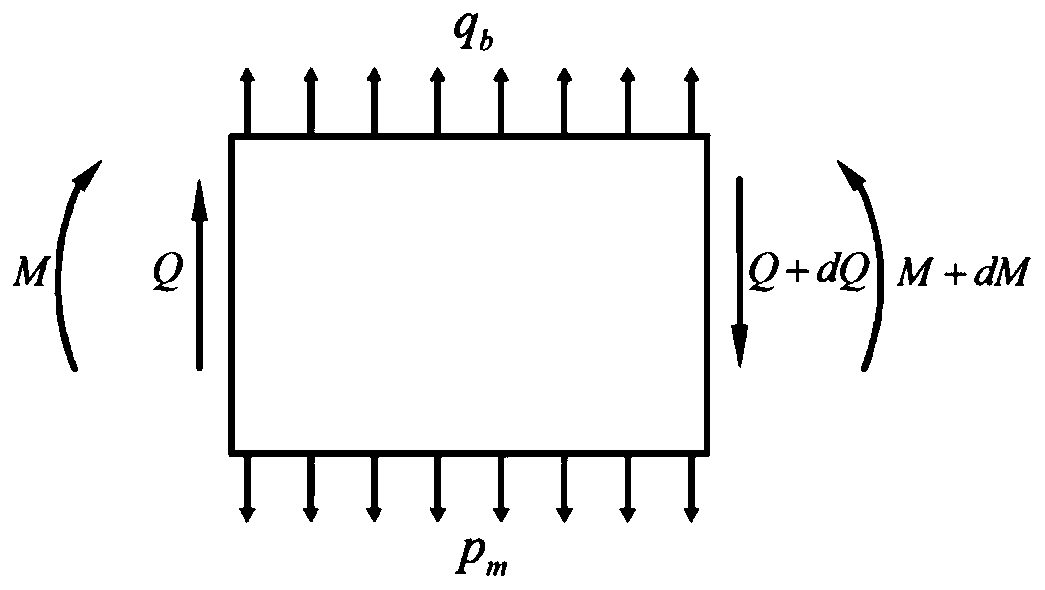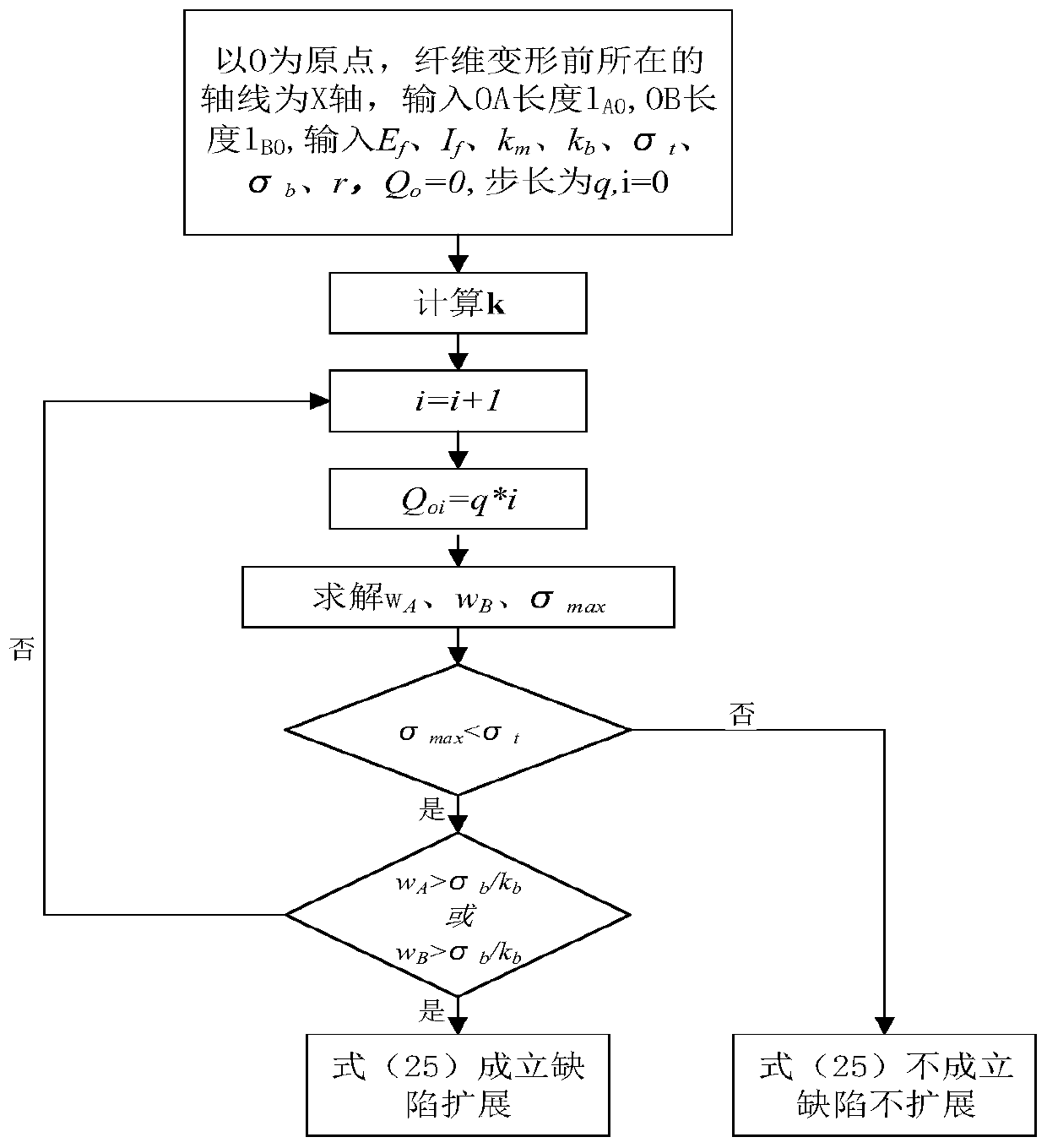Calculation method for the expansion behavior of composite delamination defects in the chisel-edge extrusion stage
A technology of delamination defects and calculation methods, applied in design optimization/simulation, geometric CAD, special data processing applications, etc., can solve the problem that delamination expansion behavior cannot be applied to the hole making process of carbon fiber composite materials, the drilling force is not constant, Problems such as the uncontrollable position of the tool and the defect
- Summary
- Abstract
- Description
- Claims
- Application Information
AI Technical Summary
Problems solved by technology
Method used
Image
Examples
Embodiment Construction
[0067] The specific implementation of the present invention will be described in detail below in conjunction with the technical scheme and accompanying drawings.
[0068] 1) Input the performance parameters of the material to be processed, the position of the tool, and the size of the forming layer defect. What is used in this example is T800 / 977-2 prepreg, the Young's modulus E of the fiber in the prepreg f is 295GPa, the fiber tensile strength σ t is 4.5GPa, fiber radius r is 3.25μm, fiber equivalent modulus k b 115GPa, resin bond strength σ b is 50pa m, the equivalent modulus of the surrounding material It is 9.65Gpa, and the Poisson's ratio υ of the surrounding material is 0.3. The center of the tool is 0.1mm away from the left edge of the defect, and the size and shape of the forming delamination defect contained in the component is a circle with a diameter of 7mm.
[0069] 2) Simplify the extrusion process of the chisel edge on the defective layer as the bending pr...
PUM
 Login to View More
Login to View More Abstract
Description
Claims
Application Information
 Login to View More
Login to View More - R&D
- Intellectual Property
- Life Sciences
- Materials
- Tech Scout
- Unparalleled Data Quality
- Higher Quality Content
- 60% Fewer Hallucinations
Browse by: Latest US Patents, China's latest patents, Technical Efficacy Thesaurus, Application Domain, Technology Topic, Popular Technical Reports.
© 2025 PatSnap. All rights reserved.Legal|Privacy policy|Modern Slavery Act Transparency Statement|Sitemap|About US| Contact US: help@patsnap.com



